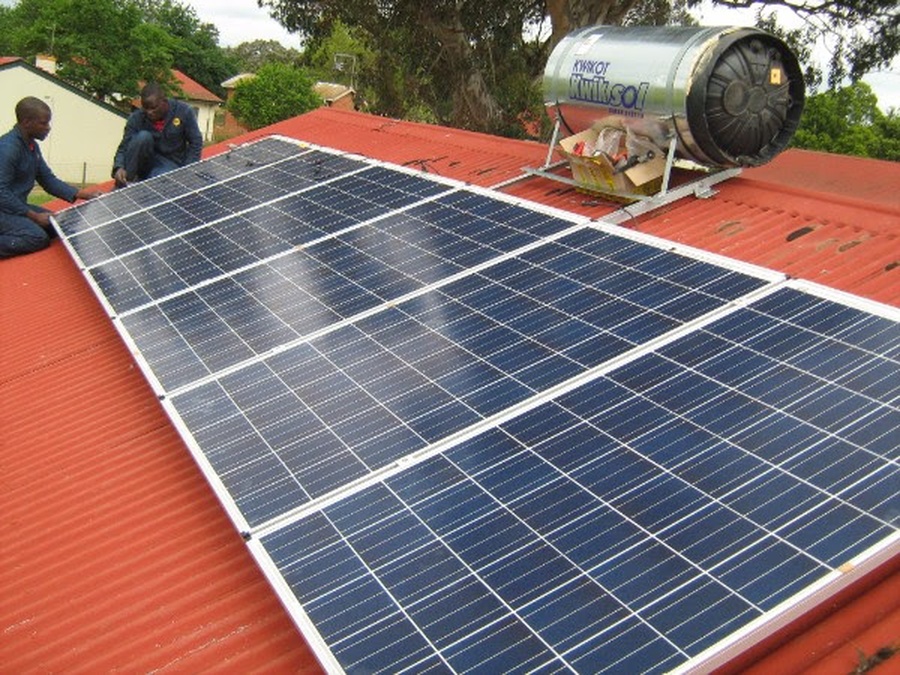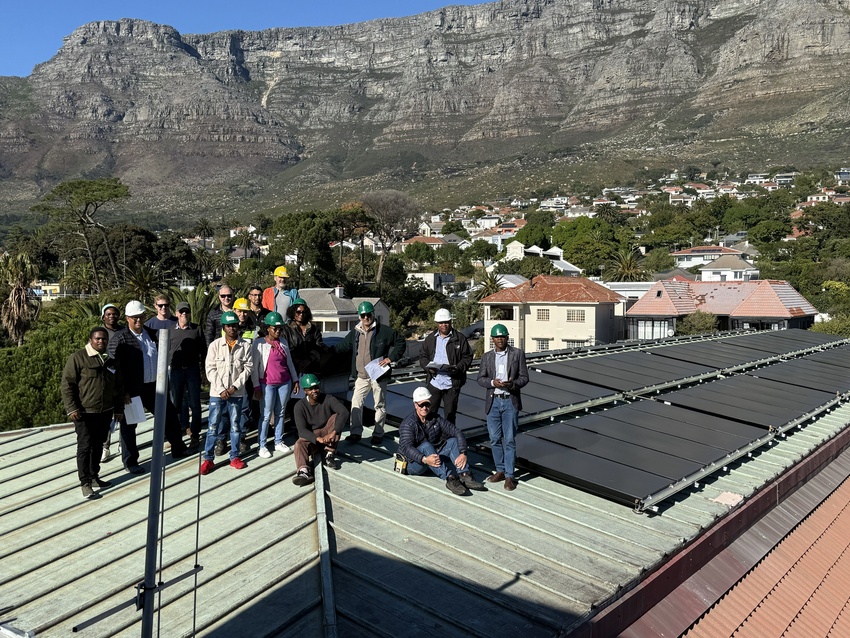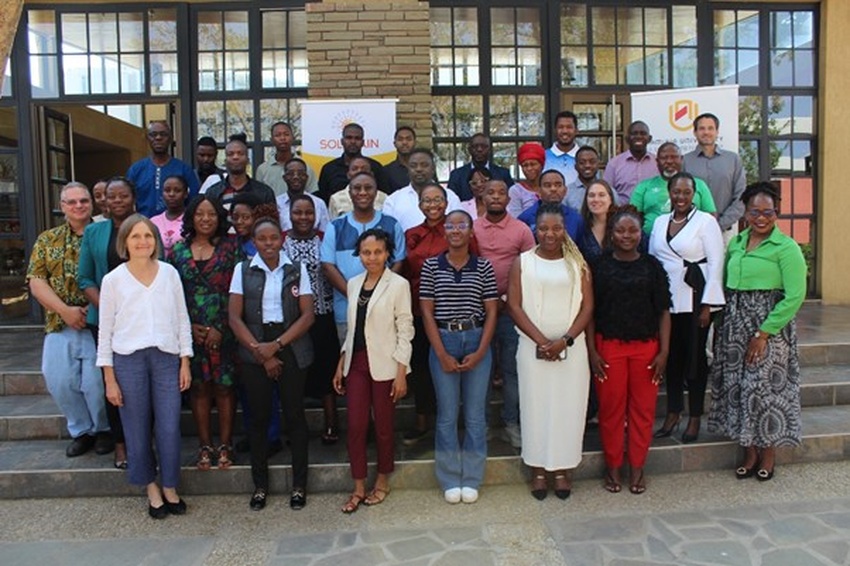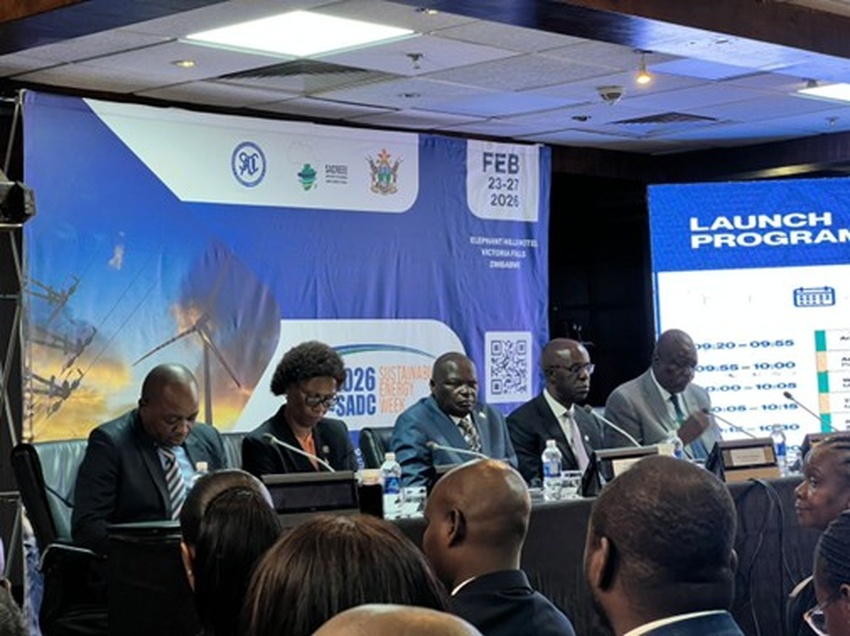The Centre for Renewable and Sustainable Energy Studies (CRSES) at Stellenbosch University undertook a project to install two solarpowered, water-heating systems at the Mariendahl farm. Mariendahl serves as Stellenbosch University’s experimental farm and is located approximately 14km north of Stellenbosch.

Although both systems are solar powered, they are powered using two different technologies. The one system is powered by solar thermal energy and is referred to as a solar water heating (SWH) system. The other system is powered using photovoltaics (PV). The project was funded by Stellenbosch University through the SOLTRAIN initiative. The SOLTRAIN initiative is managed by AEE-Intec in Austria and funded by the Austrian Development Agency (ADA) and the OPEC Fund for Industrial Development (OFID).
The initial stage of the project included the modelling and simulation of each of the systems to identify suitable sizing. This simulation modelling was followed by a detailed financial analysis to investigate the feasibility of each system and the detailed designs with the assistance of AEE-Intec. The systems should substantially reduce the electricity consumption of the residents as less grid electricity will be required for water heating. The aim of this project is to compare the systems, their performance and cost effectiveness.
A 2.4 m2 flat-plate collector with a 200 l hot water storage was designed and installed on one of the houses and the other with a 1.5 kWp PV system. The PV system powers a DC/AC element for heating the water in a 200 l hot water storage tank identical to the tank used in the SWH system. The DC/AC resistive element, a relatively new technology on the market, allows DC electricity from the PV system to directly power the resistive element without the needed of an inverter. The element is also able to operate with AC electricity from the grid which serves as a back-up for when solar energy is insufficient. The SWH system is also equipped with a back-up AC resistive element.
The PV and SWH systems are expected to provide 60% of each residence’s hot water needs. Both systems are equipped with monitoring equipment that allows CRSES and AEE-Intec to monitor and evaluate the performance of the systems. This will allow for a detailed technical and financial comparison of the types of technologies based on system operation, project costs and the cost of energy.










